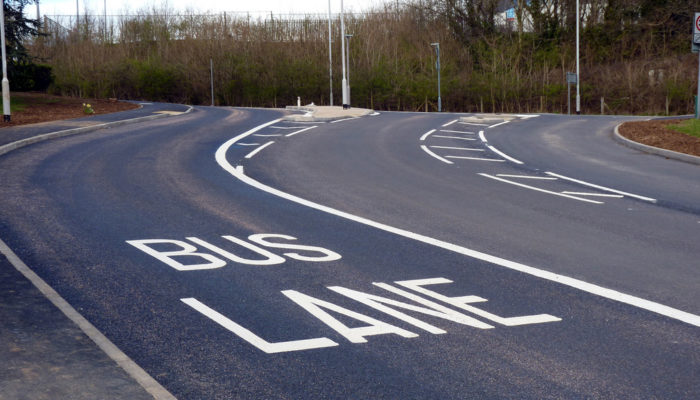
Reading the party manifestos for the December 2019 election, there appears to be a consensus that something must be done about buses; the differences are in what and how. For many years, little central Government attention has been paid to bus services outside London. Yet it must be recognised that for many people, travelling to work at reasonable expense is only possible by catching the bus; a far more usual means than taking the train in most areas.
The main positive force has been the passing of the Bus Services Act 2017, which enables metropolitan mayors outside London to propose changed solutions for the bus services in their area, including franchising, the system under which London’s buses are operated. Manchester is taking steps to implement such a scheme, well thought out and based on positive features of the London experience; we can expect the results of their consultation shortly. If this proves to be a success as planned, then we can expect others to follow, with increased ridership and easier journeys as a result.
But this is not a panacea for all, either in the large conurbations or even more so outside them in the smaller cities. Greater attention needs to be paid to seeing what works in particular local areas and adapting these features to the local experience. In some cases, such as Reading and Nottingham, municipally owned operators have made a good attempt at maintaining ridership at high levels or even increasing it. Hence it is surprising that municipal operation is barred in the Bus Services Act. In other cases, with Brighton being an excellent example, a progressive privately-owned national operator, working in consultation with the local authority, has managed to increase patronage through a range of measures, and this is likely to provide pointers for operators elsewhere.
Turning to the more rural areas and smaller towns, where networks are less important to bus operation, the main negative force has been the long-term squeeze on local authorities leading to drastic cutbacks in subsidies to provide even a skeleton bus service. People in many areas can justifiably feel left behind or forgotten. Whilst increasingly families need two incomes to maintain even a moderate standard of living, the costs of maintaining two cars in order to achieve that, in the absence of a feasible bus alternative, loom very large. Getting to hospital appointments and the like becomes a major logistical exercise. It is high time that, as the public purse strings are loosened, thought is given to mechanisms for maintaining a reasonable rural bus service. The Bus Services Act is irrelevant here.
The more general lesson is that there is no one-size-fits-all solution to improving bus transport. Different approaches are needed in different contexts and what is relevant may best be decided much more locally rather than from the privileged context of Whitehall, which benefits from London’s intensive and growing network of rail, tube and bus service.
About the Author
This post was written by Mike Waterson. Mike is a professor of economics at the university of Warwick.
